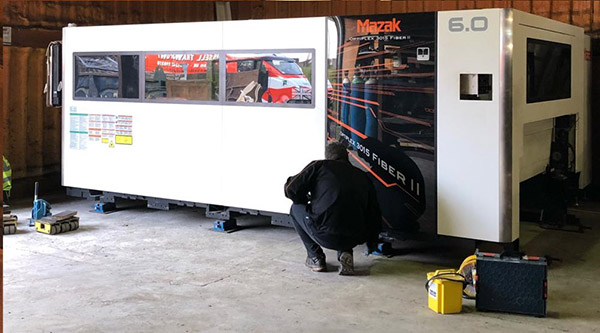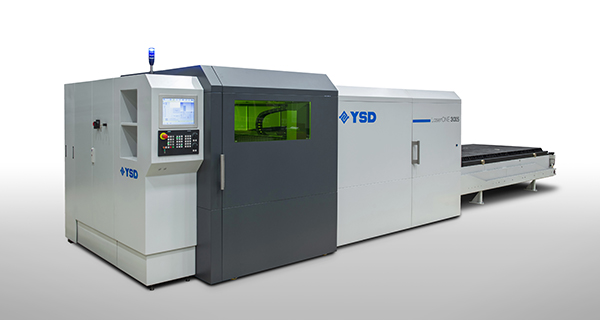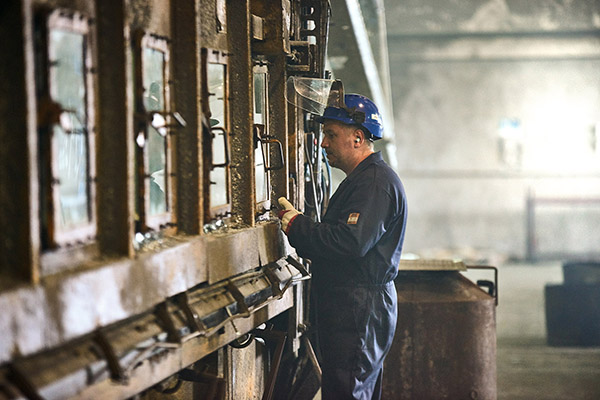
Close Brothers Asset Finance has arranged a bespoke CBILS (Coronavirus Business Interruption Loan Scheme) hire-purchase agreement for Savcon Engineering to fund the acquisition of the firm’s second Mazak 6 kW fibre laser processing machine.
Based in Stratford-upon-Avon, Savcon Engineering specialises in CNC machining, presswork and large-scale fabrication, including various components for the agricultural industry, vehicle suspension parts, and high-precision components for the electronic industry, among others.
Andrew Maude, area sales manager for Close Brothers Asset Finance’s engineering division, says: “Emerging from lockdown, Savcon Engineering’s order book has increased rapidly as customer projects started moving again, but with their existing Mazak laser running round the clock, they understood that to keep up with demand they would need to outsource, costing an estimated £30,000 per month.
“The flexible nature of CBILS meant we could offer a 0% deposit deal, allowing Savcon Engineering to keep their cash flow intact, freeing up cash to buy the materials required and cope with order book growth,” he adds.
Rob Stone, CEO of Savcon Engineering, says: “This was a significant investment for us, but it’s one we needed if we were going to continue growing the business and keep up with demand. We’re really pleased with the flexible way that Close Brothers Asset Finance structured the package, comprehending the importance of keeping cash flow unaffected. This partnership approach is something we truly value; they clearly understood what we wanted to do and worked out a deal that suited our needs.”
For further information
www.closeassetfinance.co.uk























